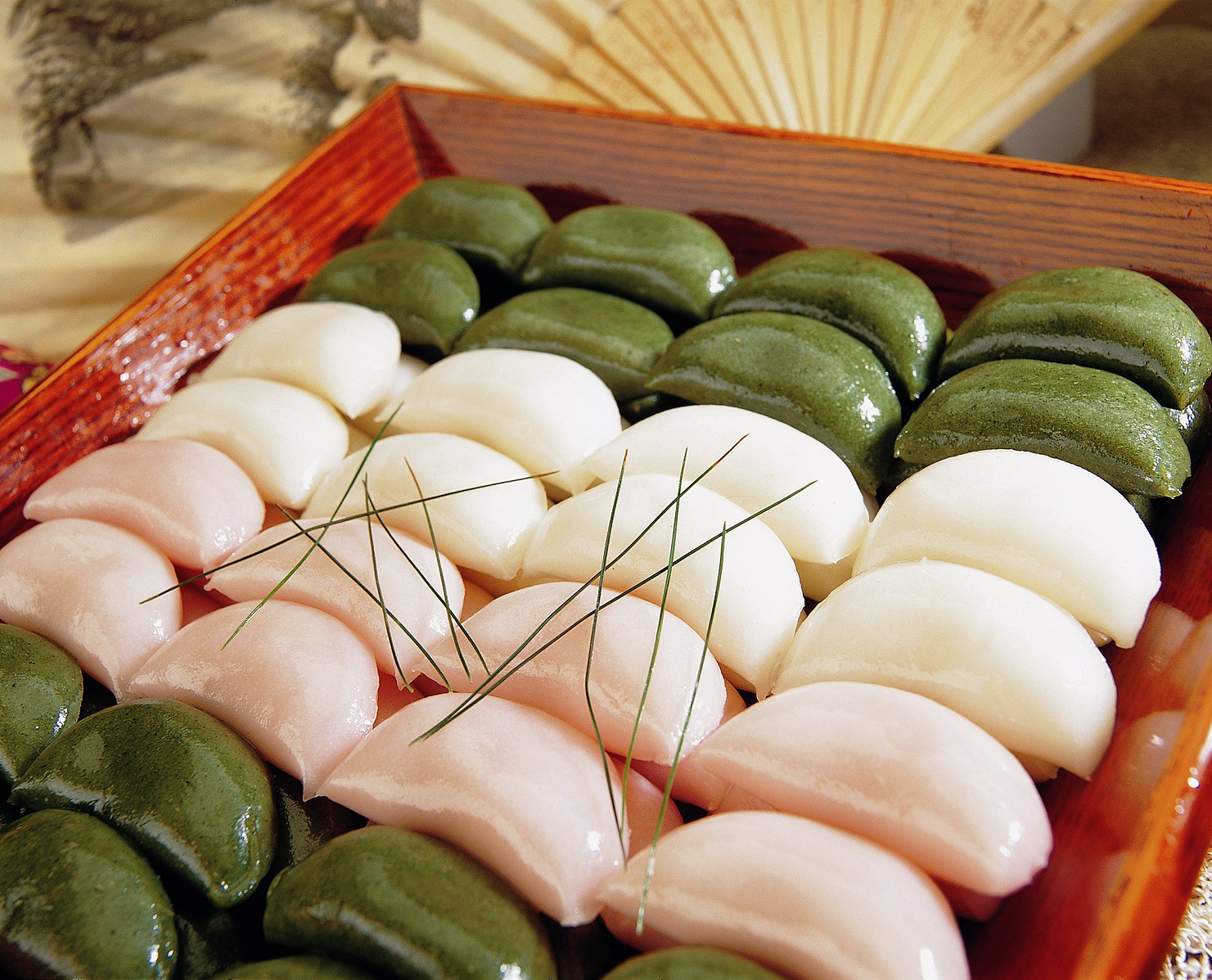Chuseok: Korea’s Harvest Festival of Gratitude and Tradition
Chuseok (추석) is one of Korea’s most important holidays. It is a time of family reunions and ancestral rites, and it is a celebration of the harvest. This three-day festival typically falling around the autumn equinox. It offers a chance for Koreans to express gratitude for the year’s harvest and to honor their families and ancestors. It is a time when the old and new generations come together to connect over shared traditions, customs, and food. Let’s take a look at the history and cultural significance of Chuseok, Korea’s Harvest Festival.
A Festival Rooted in History
Chuseok’s origins are tied to Korea’s agrarian past, when communities relied heavily on agriculture. Historically, it marked the end of the harvest season, a time when farmers gathered to give thanks to the gods and their ancestors for the bountiful crops. The exact date of Chuseok varies every year because it follows the lunar calendar. It usually falls in late September or early October, coinciding with the full moon. This timing reinforces the idea of abundance and fulfillment.
One historical account traces Chuseok back to the Silla Kingdom, over 1,500 years ago. According to this account, the celebration began as a weaving contest among women during the reign of King Yuri. The teams participating in the contest wove for a month, and then presented their finished work so that a winner could be chosen. The losing team was responsible for preparing a feast for the winners. Scholars believe that Chuseok’s origins are related to ancient shamanistic celebrations of the harvest moon. Whatever the true origins are, Chuseok as people celebrate it today emphasizes food, family, and thanksgiving.
Ancestral Rites: 차례 Charye and 성묘 Seongmyo
One of the most essential elements of Chuseok is honoring ancestors through a ritual known as 차례 charye. On the morning of Chuseok, families gather to perform this rite at home. They set up a table laden with food offerings, including freshly harvested rice, fruit, and traditional dishes. These offerings are meant to express gratitude to the ancestors, who are believed to have played a role in blessing the family with a successful harvest.
Another important custom is 성묘 seongmyo, the practice of visiting ancestral graves to pay respects. Families clean the gravesites and make offerings, often including food and drink. This tradition strengthens family ties, because family members pay respect to departed loved ones and pass down stories and memories to younger generations. This fosters a deep sense of continuity and connection between the past, present, and future in Korean families.
Traditional Foods of Chuseok
Food plays a central role in Chuseok celebrations. One of the most iconic Chuseok foods is 송편 songpyeon, a type of rice cake. These small, crescent-shaped cakes are filled with ingredients such as sesame seeds, chestnuts, red beans, or mung beans. They are steamed over pine needles, which gives them a unique aroma. Songpyeon symbolizes the wish for good fortune and the hope for a prosperous future.
Other traditional dishes include 전 jeon (savory pancakes), 갈비 galbi (marinated beef ribs), and 떡국 tteokguk (rice cake soup). Of course no Korean feast is complete without 잡채 japchae (sweet potato noodles with vegetables and protein), 불고기 bulgogi (thin strips of marinated beef), and 김치 kimchi (fermented cabbage). The Chuseok feast is both a celebration of the season’s harvest and a reflection of the rich, diverse food culture in Korea.
Community and Games
Beyond family gatherings, Chuseok is also a time for communal celebrations. Folk games and performances add a festive spirit to the holiday. Woman dance a traditional circle dance called 강강술래 ganggangsullae. People take part in matches of 줄다리기 juldarigi, similar to tug-of-war. Populars sport associated with Chuseok are 씨름 ssireum, a kind of wrestling, and 태껸 taekkyon, an ancient martial art.
A Time of Gratitude
At its heart, Chuseok is about giving thanks. It is a reminder of the importance of family, the significance of honoring ancestors, and the joy of sharing the bounty of the earth. Chuseok represents a deep sense of connection to the land, to family, and to tradition passed on through generations. As modern Koreans continue to celebrate this age-old festival, Chuseok remains a cherished holiday that bridges the past and the present, and keeps the essence of gratitude alive.
Learn Korean with the Language Garage
We hope you’ve enjoyed learning a little bit about Chuseok, Korea’s Harvest Festival. If you’d like to learn more, check out our other posts on Korean language, culture, and more. And if you’re looking for convenient and affordable live Korean lessons with a real teacher, check out The Language Garage. Our lessons are given online in a virtual classroom, so it doesn’t matter where you live or work – we can come to you. And we have flexible options, with a free trial so that you can decide if there’s a fit. Check us out!
Image: Wikimedia Commons






